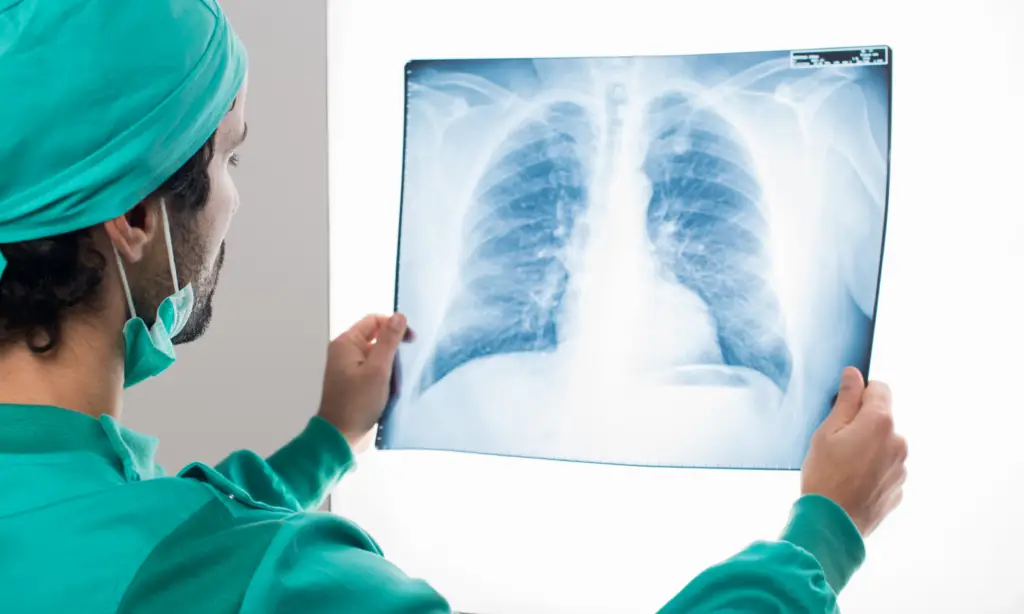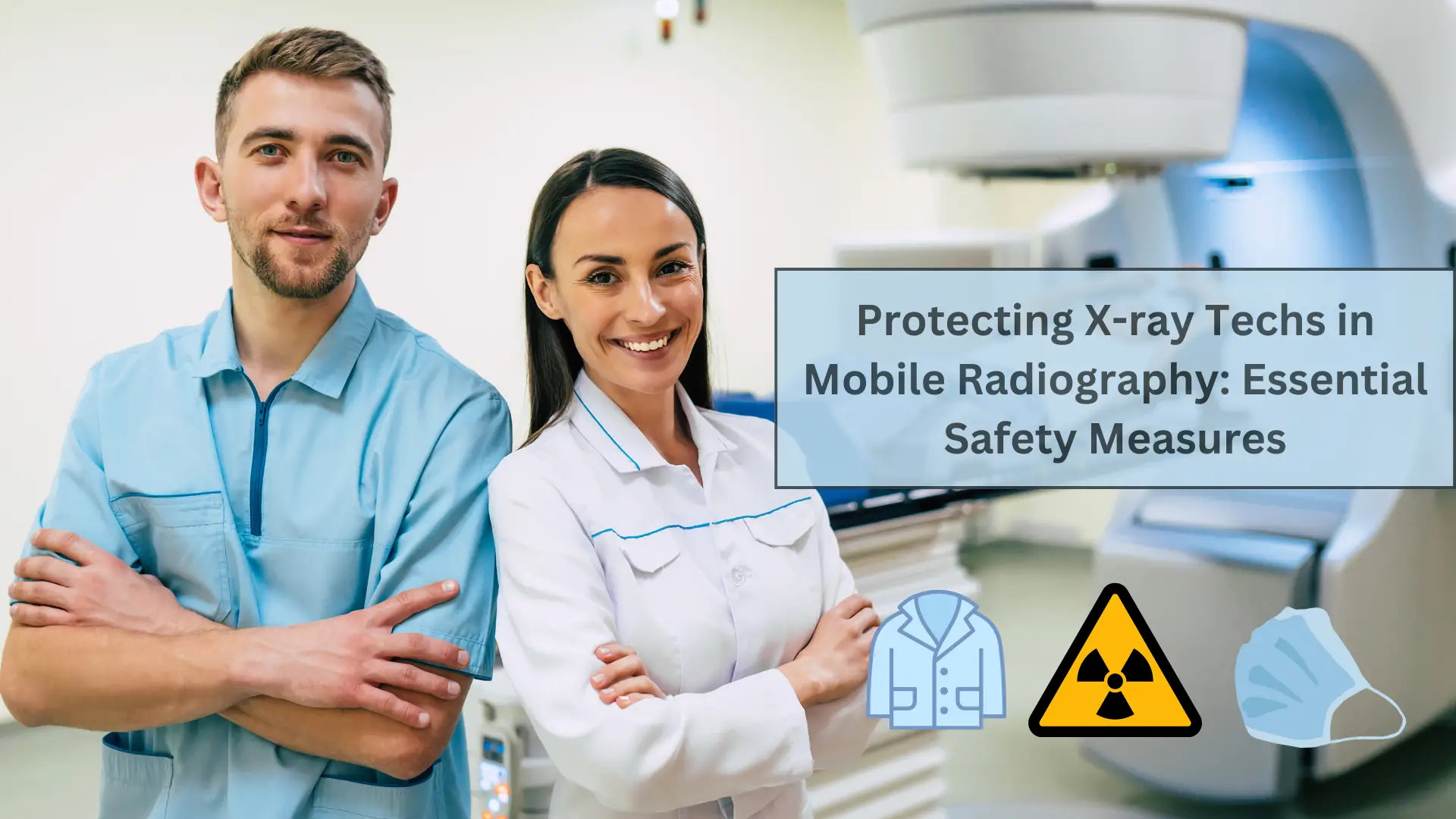Mobile radiography is crucial in providing diagnostic imaging services outside traditional healthcare settings.
X-ray techs who perform mobile radiography face unique challenges in ensuring their safety while delivering high-quality imaging services.
In this article, we will explore the specific measures and instruments used by X-ray techs to protect themselves in mobile radiography.
Lead Shielding
One of the primary safety measures employed in mobile radiography is lead shielding. X-ray techs must always wear lead aprons to shield themselves from radiation exposure.
These aprons provide a barrier between the radiographer and the X-ray beam, minimizing the potential for harmful radiation exposure.
Distance
Maintaining a safe distance from the radiation source is another critical protection aspect in mobile radiography.
X-ray techs should position themselves at least 6 feet from the tube to minimize direct exposure to the X-ray beam.
By maintaining distance, they can reduce the risk of radiation exposure while performing their duties.
Time
Time plays a crucial role in radiation protection. X-ray techs are trained to use the lowest possible exposure time when conducting mobile radiography.
They reduce their exposure by minimizing the time spent near the radiation source.
ALARA Principle
ALARA, an acronym for “As Low As Reasonably Achievable,” is a fundamental principle in radiation safety. X-ray techs adhere to this principle by taking all necessary precautions to minimize radiation exposure.
This includes using appropriate shielding, maintaining distance, and limiting exposure time to the lowest reasonable level while obtaining diagnostically adequate images.

Conclusion
In mobile radiography, X-ray techs prioritize their safety by implementing specific measures to protect themselves from radiation exposure.
Lead shielding, maintaining a safe distance, using the lowest exposure time, and practicing the ALARA principle are key elements in ensuring their well-being.
By adhering to these safety practices, they can confidently provide diagnostic imaging services while safeguarding their health.


